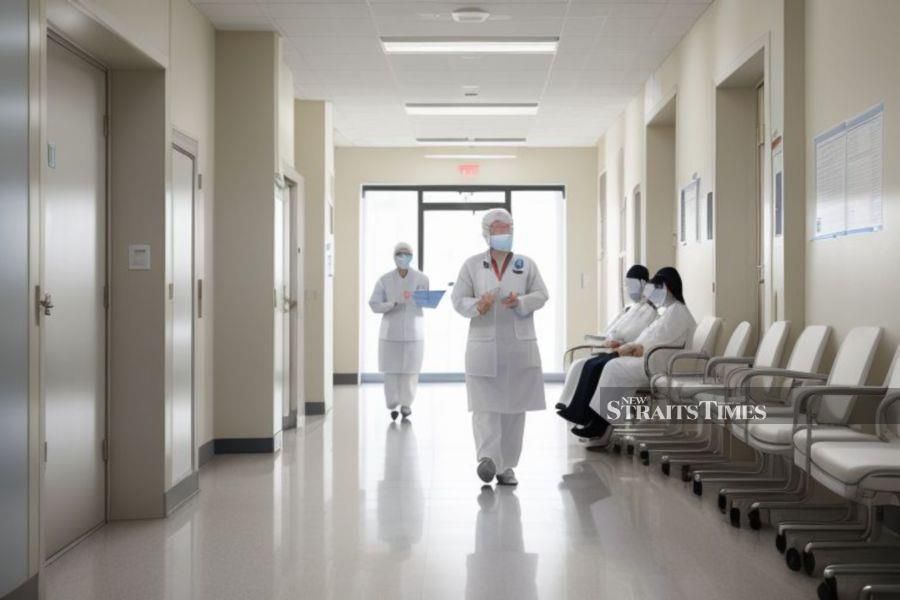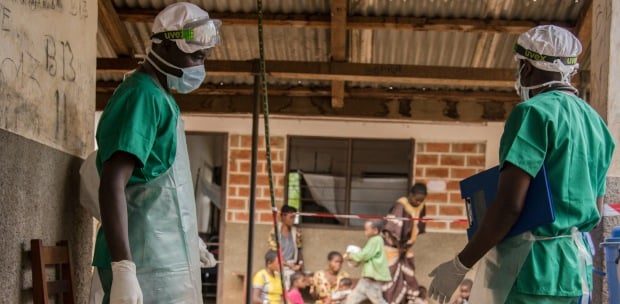LETTERS: TUBERCULOSIS (TB) is a leading cause of infectious disease mortality worldwide with millions of new cases annually.
While much of the focus is on active TB cases, a silent and often overlooked aspect of this epidemic is latent tuberculosis infection (LTBI).
Latent TB poses a public health challenge, sheltering the potential to turn into active disease and thereby continuing the cycle of transmission.
The Health Ministry says Malaysia experienced a 17 per cent surge in TB cases in 2022, amounting to 25,391 cases or 77.8 cases per 100,000 people, up from 21,727 cases in 2021.
However, not everyone infected with TB bacteria becomes sick. In many cases, the bacterium enters a dormant state, resulting in LTBI.
Studies have estimated that the prevalence of LTBI in the general population is about 25 per cent.
People with LTBI are asymptomatic and not contagious, but they stand a risk of the infection progressing to active TB disease, especially if their immune system weakens.
The World Health Organisation estimates that nearly a quarter of the world's population has LTBI, with a significant portion at risk of developing active TB.
The risk is higher in those with compromised immune systems, such as those with HIV/AIDS, diabetes, or those undergoing treatments that weaken the immune response, and healthcare workers who might have multiple exposure to the disease.
The transition from latent to active TB can be a ticking time bomb, threatening not only the health of the individual but also public health.
The challenge with LTBI is its silent nature. Since it does not manifest symptoms, it often goes undetected without specific testing.
Testing for LTBI is crucial for those at high risk, including close contact with people with active TB, people with HIV, and those who have recently emigrated from countries with high TB incidence.
As we observed World Tuberculosis Day on March 24, it is important to remember that the key to combating TB lies not only in treating active cases but also in addressing the silent reservoir of latent infections.
Let's not wait for the ticking bomb of latent TB to detonate.
DR RUTHASHINI R. SELVASINGAM
DR TAN CIA VEI
DR RAFDZAH AHMAD ZAKI
Faculty of Medicine, Universiti Malaya
The views expressed in this article are the author's own and do not necessarily reflect those of the New Straits Times





